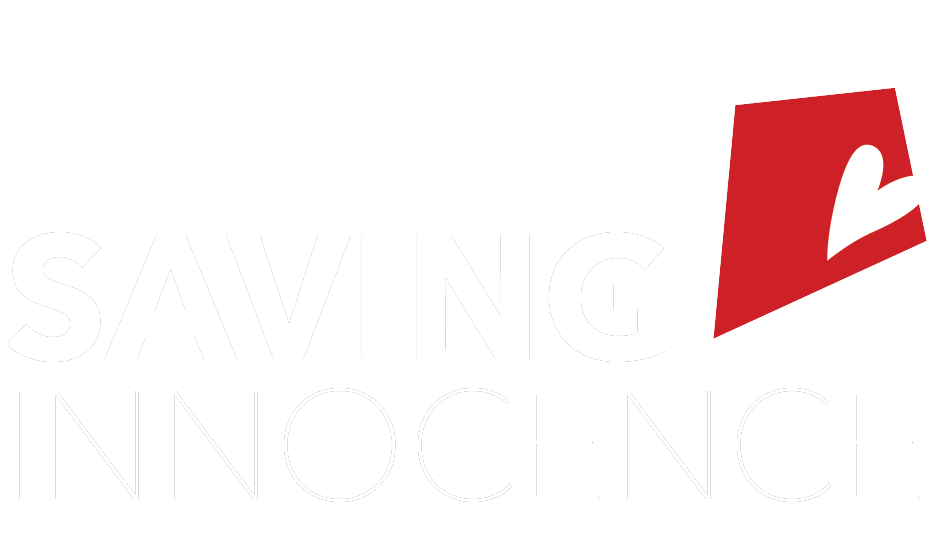Often we are asked what success means for survivors, and many people recognize that getting out of their exploitation alive is success.
We know that what we do works – the proof is in their hugs, smiles, and laughter. It is in their text messages thanking us, in the tears from their moms who are so grateful their children have us to support them. It is in the graduation ceremonies, and the milestone birthday parties that may not have happened. The survivors tell us how loved they feel, and how they have never had birthday parties, or received what they wanted for their birthday until they met us. At a recent birthday party, one of the girls said her birthday wish was to spend time with her Saving Innocence advocate on her birthday, and that her wish had come true! To us, that is success.
To say that they get out of bed everyday or that they keep talking to us means that what we are doing is helping, but when it comes to comparing our survivors with typical teenagers to have a baseline or a goal for normal or healthy behaviors, it is a challenge to define success due to complexity of the issues affecting them.
When there is compounded trauma, we have to recognize the psychological damage that can do. We know that running away is a coping skill, when staying is too hard. We know that using drugs can help numb the physical and emotional pain. We know that they feel like they don’t belong anywhere, and they will continue to seek that belonging when the opportunity comes.
We also have to recognize how the trauma can impact their development. Some of the major developmental milestones for adolescents are skipped because of what they have gone through. This means we have to do a lot of rebuilding. There are not just skill deficits, but social and emotional capabilities that the kids do not develop when they are awake only in the night hours surrounded by older adults, when survival and not getting beaten are the key tasks of each day.
So as we translate what that looks like in their behaviors as they work through the trauma in their own way, and in their own time, it means we have to recognize each individual as unique, and that each child’s progress toward healing is different. And then we reframe our view of success.
Success might look like taking the bus or train without having a panic attack.
Success might look like telling the truth about who hurt them.
Success might look like reaching out to us on social media after they have run away from placement, because they know we care, and they know we worry about them. We are able to keep in contact with them, and we know this means they have bonded with us.
Success might look like keeping their appointments with us every week, and allow us into their world and communicate their feelings.
Success might look like not running away, and staying in placement for a whole three weeks.
Success might look like not hitting their mom when they got angry.
Success might look like asking for help when they need it.
We utilize a strengths-based empowerment model in working with these youth. It means we help them find their own strengths and point them out. It means we reframe their situations and help them understand their choices and how much more they have to overcome, and empower them to do the best thing for themselves. We spend time with them, help them rebuild trust in people, help them understand their emotions and help them work through the anger and resentment, the confusion and pain. We may have to manage expectations around what success is for survivors who have been victimized who have already overcome so much.
For us and for our girls, success looks like continuing these relationships everyday, and working through the challenges as they come.
